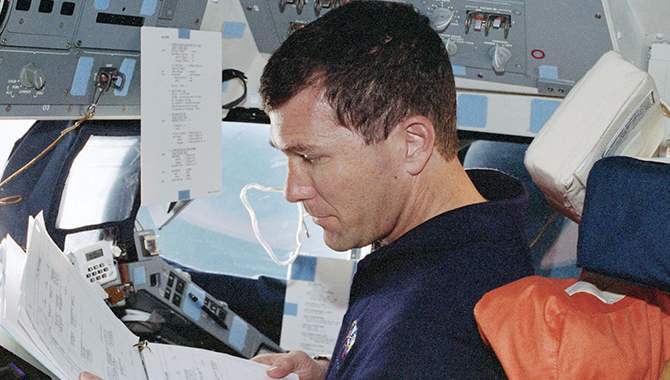
Evelyn Husband Thompson’s keynote address during national tour moves audience.

Evelyn Husband Thompson’s keynote address during national tour moves audience.
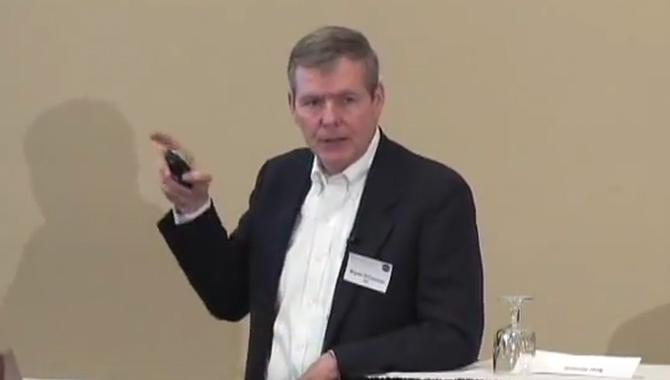
It is crucial to learn and understand as much as possible about the causes of human spaceflight mishaps to prevent them from reoccurring and to make future missions as safe as possible.

Abigail Fraeman, deputy project scientist on the Mars Exploration Rover mission, discusses the Opportunity rover mission.

Team excited by discovery that suggests rocky planet is still seismically active.
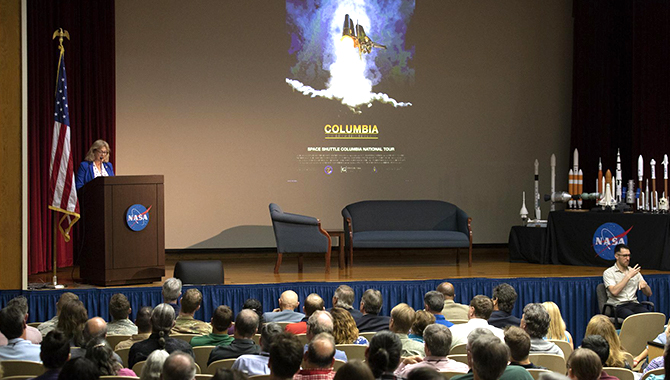
Display of artifacts, APPEL course, townhalls planned for NASA centers.
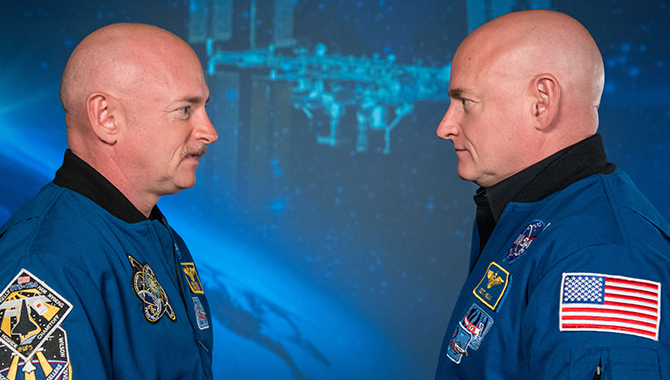
Twins Study Provides Fascinating Insight into the Effects of Spaceflight on the Human Body.
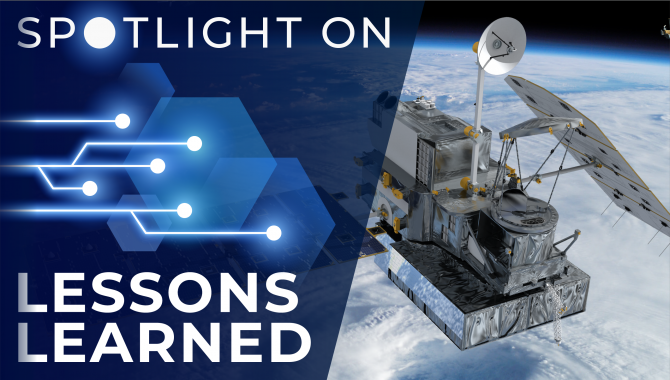
The importance of vibration testing in qualifying and accepting spaceflight hardware cannot be overstated, but the testing also introduces significant programmatic risk.
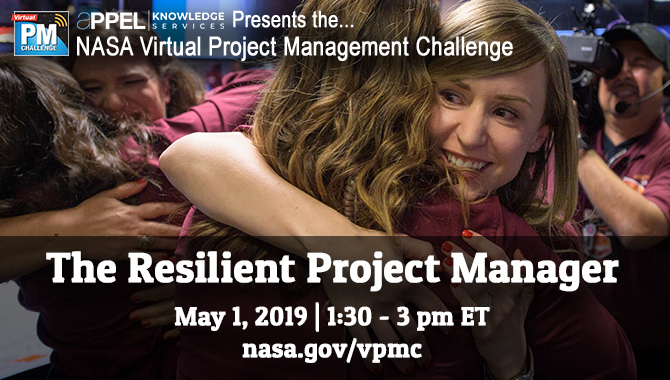
In this session, we focused on how effective managers achieve their goals even when their projects face ambiguity, volatility and challenges.
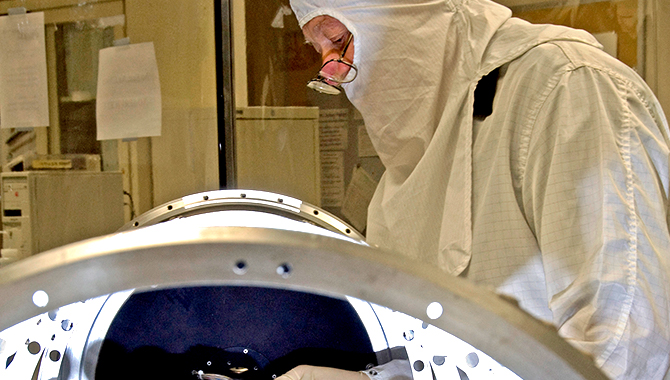
Joe Gasbarre, NASA Science Mission Directorate Chief Engineer, discusses the engineering side of science missions.